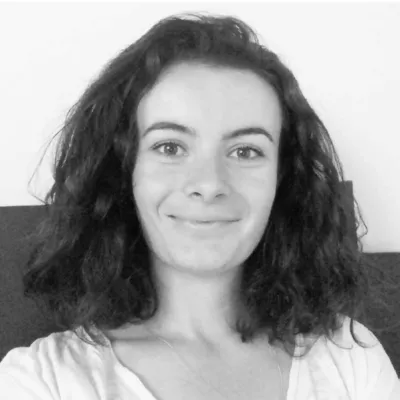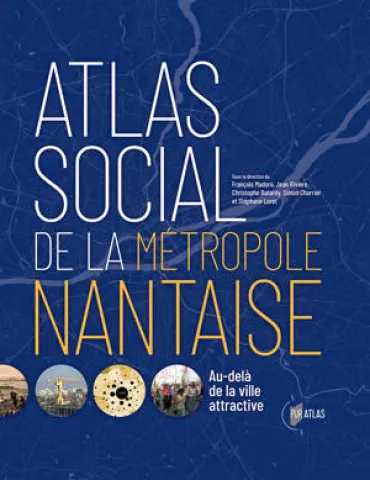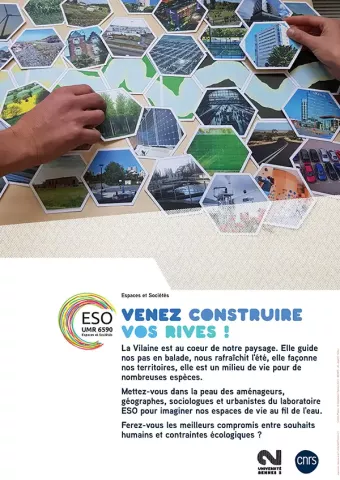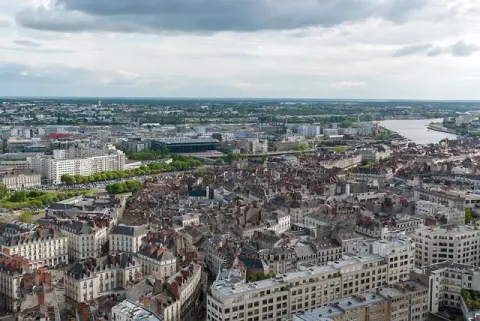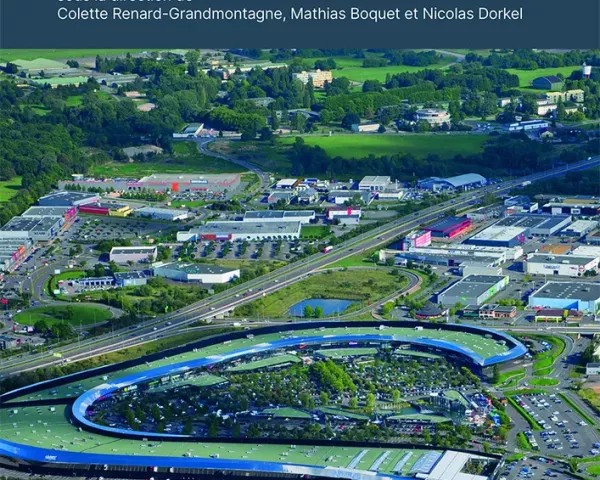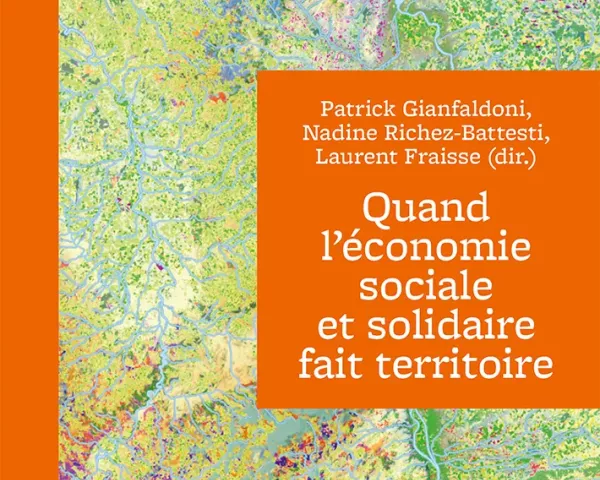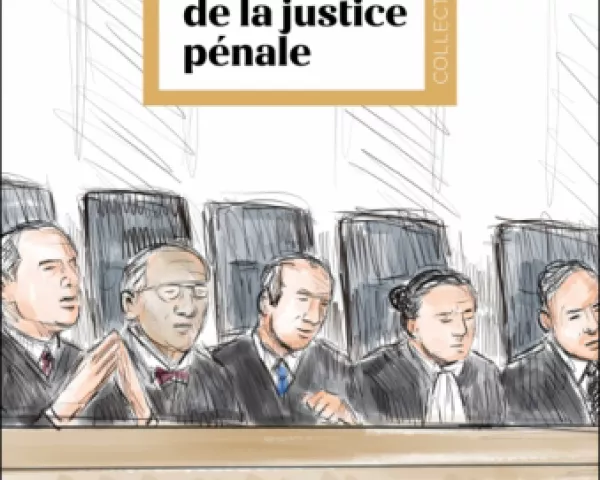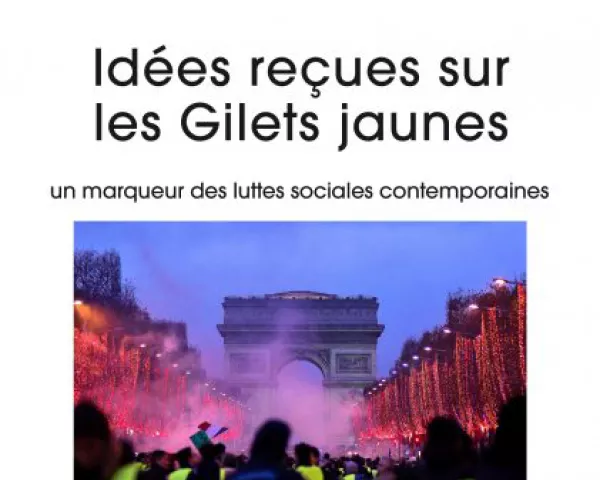So you live, so you cycle. An innovative mixed-method for analysing socio-spatial and gender inequalities in the daily experience of cycling in Bogotá

Maëlle Lucas, Florent Demoraes. So you live, so you cycle. An innovative mixed-method for analysing socio-spatial and gender inequalities in the daily experience of cycling in Bogotá. T2M Annual Conference 2024, Sep 2024, Leipzig, Germany. ⟨hal-04720858⟩
In the late 2010s, local authorities in Bogota declared their ambition to transform their city into the "world's bicycle capital" (Peñalosa, 2019). The steady increase in the modal share of cycling, currently estimated at approximately 7%, bears witness to this political commitment to a real momentum. However, Bogota remains a highly spatially segregated city (Mayorga Henao, 2023), which generates deep inequalities when it comes to daily mobility (Guzmán & Bocarejo, 2017). Cycling and walking are mostly used by the working classes on the outskirts, while the use of car remains a strong social marker (Gouëset et al., 2015). Recent work has also highlighted the highly gendered nature of mobility of care, and the fact that care activities can hardly be carried out by bicycle (Montoya Robledo et al., 2020). To gain deeper insights into the characteristics of cyclists in Bogotá, we analysed data from the 2019 urban mobility survey (Steer & CNC, 2019). From this data, we developed a typology consisting of six cyclist profiles, and then mapped the profiles. Specifically, we focused on the 3,241 individuals who reported using bicycles as their primary mode of transport within the city on the day preceding the survey. We determined the profiles using variables such as gender, age, residential location, as well as the frequency, purpose, and distance of their journeys. The maps particularly highlight how residential location influences bicycle use in the capital of Colombia. The results are then compared with the qualitative information drawn from mobile and visual ethnography that we implemented in 2021 (Büscher et al., 2010; Fincham et al., 2010; Pink, 2012). This material illustrates the daily "embodied and situated experience of cycling" (Garfinkel, 1964; Cresswell & Merriman, 2011). The combination of visual and audio data provides access to the discourse and practice of cycling as it happens (Pink, 2012; Spinney, 2011). Their analysis confirms socio-spatial and gender inequalities in the experience of cycling in the city.
In the late 2010s, local authorities in Bogota declared their ambition to transform their city into the "world's bicycle capital" (Peñalosa, 2019). The steady increase in the modal share of cycling, currently estimated at approximately 7%, bears witness to this political commitment to a real momentum. However, Bogota remains a highly spatially segregated city (Mayorga Henao, 2023), which generates deep inequalities when it comes to daily mobility (Guzmán & Bocarejo, 2017). Cycling and walking are mostly used by the working classes on the outskirts, while the use of car remains a strong social marker (Gouëset et al., 2015). Recent work has also highlighted the highly gendered nature of mobility of care, and the fact that care activities can hardly be carried out by bicycle (Montoya Robledo et al., 2020). To gain deeper insights into the characteristics of cyclists in Bogotá, we analysed data from the 2019 urban mobility survey (Steer & CNC, 2019). From this data, we developed a typology consisting of six cyclist profiles, and then mapped the profiles. Specifically, we focused on the 3,241 individuals who reported using bicycles as their primary mode of transport within the city on the day preceding the survey. We determined the profiles using variables such as gender, age, residential location, as well as the frequency, purpose, and distance of their journeys. The maps particularly highlight how residential location influences bicycle use in the capital of Colombia. The results are then compared with the qualitative information drawn from mobile and visual ethnography that we implemented in 2021 (Büscher et al., 2010; Fincham et al., 2010; Pink, 2012). This material illustrates the daily "embodied and situated experience of cycling" (Garfinkel, 1964; Cresswell & Merriman, 2011). The combination of visual and audio data provides access to the discourse and practice of cycling as it happens (Pink, 2012; Spinney, 2011). Their analysis confirms socio-spatial and gender inequalities in the experience of cycling in the city.
